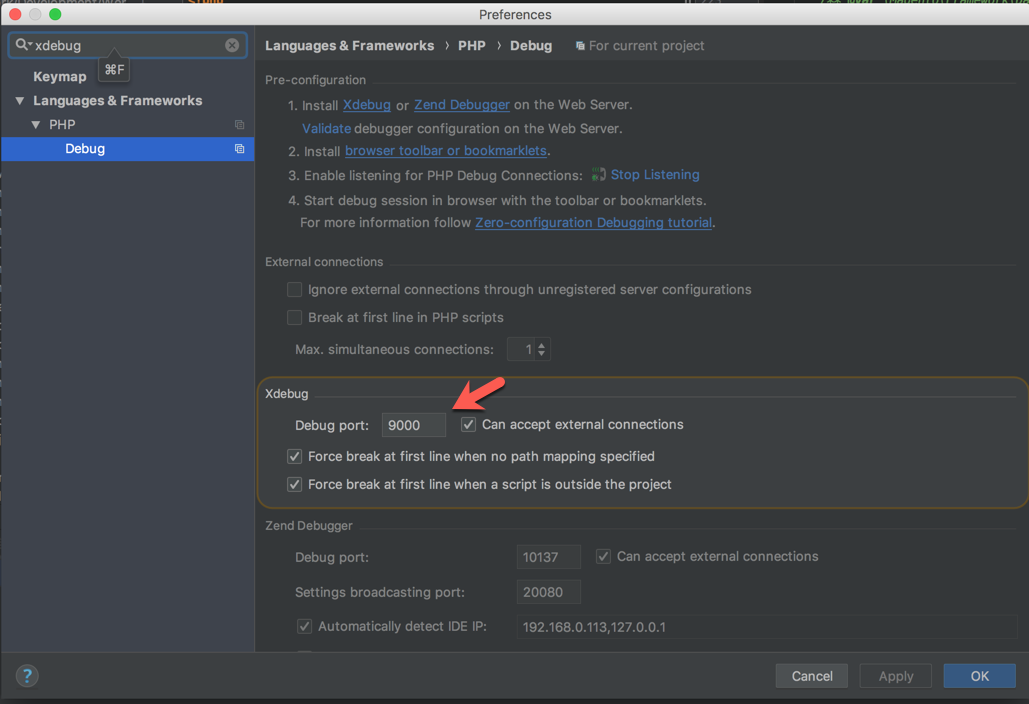

Here you can see that the Xdebug profiler isn’t enabled. If you switch between multiple PHP versions for your site in Local by Flywheel, you need to edit the php.ini file for each version.Ĭlose to the end of your php.ini file, you’ll find the Xdebug section that Local by Flywheel has added for you: The default Xdebug section in php.ini Each of your sites using the “Custom” environment configuration should have a file structure like this where you’ll find your php.ini Now you need to edit your site’s php.ini. If you open PhpStorm, you should now find this new debug profile you can use to debug your sites with Xdebug: Enable profiling in XdebugĮnabling debugging using Xdebug in Local by Flywheel with PhpStorm is very easy, enabling profiling doesn’t take much more effort either, but the process is very different.

… and that’s pretty much all you have to do to get started with Xdebug in Local by Flywheel for PhpStorm. It is not possible to enable Xdebug when not using the “Custom” environment.Ĭlick the button, and you should see a brief notification: You need to have a “Custom” environment to enable Xdebug. If the button is disabled, go back and read the beginning of this article. Now, if you navigate to the “Utilitites” menu item on one of your site configurations, you should find a new button to configure PhpStorm (and IntelliJ IDEs) for Xdebug in Local by Flywheel. One-click-configuration of phpStorm for Xdebug in Local by Flywheel Enable it and close the preferences window. Under the “Add-ons” you’ll find the add-on “Xdebug IntelliJ integration” pre-installed. Navigate to the Local by Flywheel preferences.


This is an extremely smooth process: Enable the one-click configuration for IntelliJ IDEs (PhpStorm) and Xdebug Enable Xdebug in Local by Flywheel – and configure PhpStormįirst, we have to enable Xdebug in Local by Flywheel and create the debug profile in PhpStorm. Under your site’s “Site Setup” menu item, you’ll find “Local Environment” where you can change from “Preferred” to “Custom”. If you want to enable Xdebug for an existing site using the “Preferred” environment configuration, you’ll have to convert it to a “Custom” environment first. You don’t need a particular configuration, so you can leave all options to their defaults, or change them to your liking if you prefer. You can still leave all options to their defaults Make sure you select the “Custom” environment option. This is how you get started with Xdebug in Local by Flywheel.Įnabling Xdebug in Local by Flywheel requires you to have a “custom” environment, so make sure you select this when you setup a new site. You should already know what Xdebug is before reading this article. This article is not an introduction to neither Xdebug, Local by Flywheel nor PhpStorm, but shows you how you can get started with debugging and profiling your WordPress sites in PhpStorm when using Local by Flywheel as a local development environment.


 0 kommentar(er)
0 kommentar(er)
